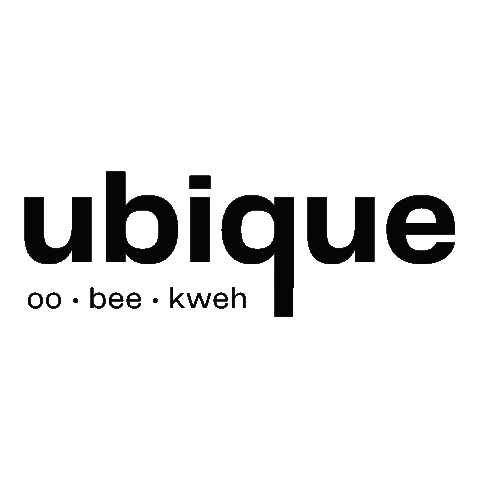Underrepresentation - The Open War in Comic Books
By Rebi Houlihan
I am going to come right out and say it. I love comic books. I am a massive comic book nerd and can talk about them for ages. But there are far too many times when I open a comic that I’ve been really excited about, but have to close it as soon as I see the first female in that issue.
It is quite typical to see in a comic an unrealistically proportioned woman who has what looks like sprayed on clothes or no clothes at all, and apparently has balloons instead of breasts, or you’ll see the drawings of women that are skinny men with fruit on their chests. Drawings like these call into question whether or not the artist has actually ever seen, even from afar, what a real life woman looks like.
Even if you ignore the drawings that are just blatantly un-anatomically correct, there is still the issue of the amount of clothing that these women wear, and the way they are portrayed in the comics.
The common argument against people complaining about these drawings of women is the idea that it is actually ‘empowerment’. I would be happy to agree if it was just a few characters. Certainly showing that women should be allowed to wear whatever they want without ridicule is an immensely good and amazing thing. The issue comes when that is the only type of woman being shown, and they all have highly unrealistic body types, and generally one skin colour- white. (No blue and red don’t count as being ethnically different).
This is not empowerment; this is a reinforced image of what women ‘should’ be (it is also ridiculous to assume that they’d wear those outfits and no bra while fighting crime).
This is magnified a thousand times when you look at highly sexualised characters and realise that they are meant to be around the age of 16.
The way women are used as characters in comics is fairly ridiculous as well, with most of them being used as ‘sidekicks’ to the men that they are with, as a ‘femme fatale’ romantic interest or as the terrified damsel in distress. Like with the no-clothes argument, having female characters like this is okay in moderation, when there are equal amounts of men and women being portrayed in such a way. The reinforced idea of women being only seductresses, only terrified damsels, only severely crazy exes undermines what could be potentially amazing characters, and forcing them to take on a 2D form.
Another argument that I have heard is that ‘they’re only supplying the demand of their market, and that market is mostly men’. This is simply not true. In February 2014 it was estimated that around 46.67% of comic book fans are female. These numbers go up to 67.06% when you are only looking at comics with females as the lead characters. So the question is, if this is their market, why aren’t they supplying more characters that this market can relate to?
This is probably the most obvious manifestation of the serious issues with the comic book industry at the moment. But it’s not just how these characters are drawn. About one in four comic book characters are female. Less are women that are LGBT+ (Lesbian Gay Bisexual Transgender +) or Persons of Colour.
The thing about the comic book industry is that all these issues are being called out and fought. Though it is seeming to be a long arduous process, the emergence of titles such as the recent run of Ms Marvel (featuring a female Muslim hero); Thor, now being a woman (I am not revealing her identity- that would be a massive spoiler) and, believe it or not, Loki in the Agent of Asgard series, appearing as both male and female (Loki is in this series unable to change into anything but his/her ‘true self’ and dismisses all the ‘but why can you change into a girl?’ questions).
Wonder Woman keeps getting better and better, with recent issues having her officiate gay weddings and generally being an awesome feminist badass.
Websites like http://thehawkeyeinitiative.com/ are calling out the differences between males and females in comic books, and how they are represented. They are doing this by drawing male characters to mimic covers of comic books that feature female characters (typically the male character chosen is Hawkeye).
There is also the fact that most of these comments and statistics that I’ve found mainly apply to the ‘big two’ (Marvel and DC comics). The independent comic book scene is thriving and seems to be doing a lot better on the diversity and representation front.
This does not mean everything is going to be fine in the comic industry, and I will never be able to stress or complain about it enough. This is only one of the issues of underrepresentation and badly dealt with representation in the comic book industry. Like I said before, LGBT+ and People of Colour are severely underrepresented or used as the ‘token’ character in comic books. This goes doubly for the movie counterparts of the comic books.
Though I still cringe when I see the images of unrealistically proportioned, highly sexualised women, or get upset when my favourite female character is reduced to a ‘token’ character, ‘sidekick’, or just general annoyance, it is very heartening from a female comic book fan’s point of view to see the change occurring within this industry.

